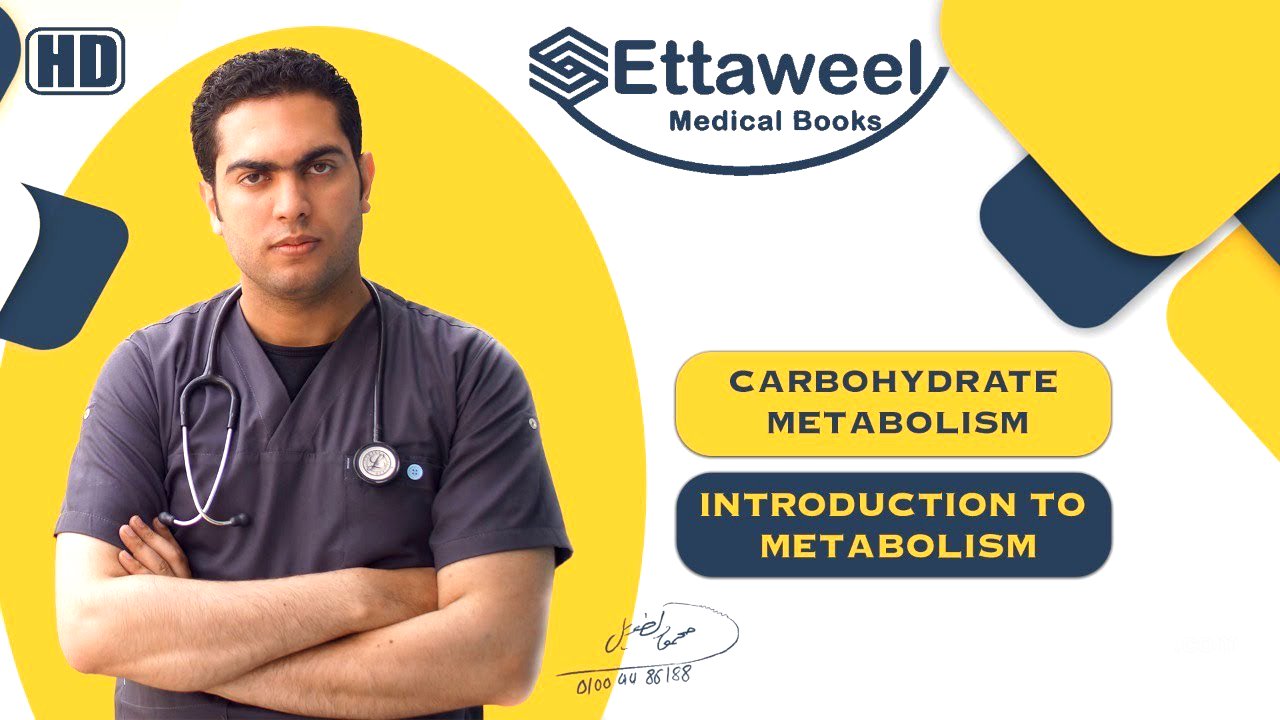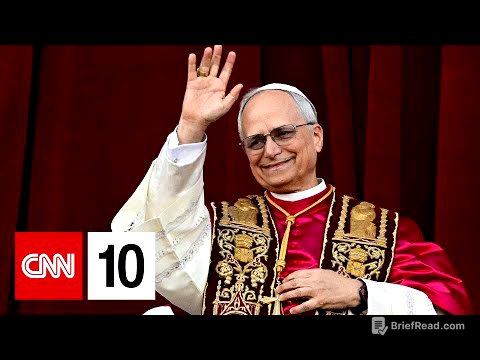TLDR;
This lecture introduces the basics of metabolism, emphasizing its importance as the chemistry of life. It covers anabolic and catabolic processes, the role of ATP, and the four stages of metabolism: digestion, acetyl CoA formation, the Krebs cycle, and the electron transport chain. The lecture also explains key concepts like high and low energy bonds, oxidation and reduction, redox potential, and the differences between metabolic pathways and cycles.
- Metabolism is the chemistry of life, involving both building up (anabolism) and breaking down (catabolism) processes.
- ATP is the primary energy currency of the cell, essential for various biological functions.
- The electron transport chain is crucial for energy production, utilizing electron transfer to generate ATP.
- Understanding metabolic pathways and cycles is key to understanding how the body processes carbohydrates, fats, and proteins.
Introduction to Metabolism [0:00]
The lecture begins by introducing metabolism as the core of bioscience, referring to it as the chemistry of life. It highlights that metabolism encompasses all vital processes within a cell, including both construction (anabolism) and demolition (catabolism). The speaker emphasizes that only carbohydrates, fats, and proteins undergo metabolism, while other substances like minerals, vitamins, and water assist in the process.
Anabolism vs. Catabolism [4:30]
Anabolism is described as the construction of large molecules from smaller ones, requiring energy input and is termed an endergonic reaction. Examples include the synthesis of polysaccharides from monosaccharides, triacylglycerol from glycerol and fatty acids, and proteins from amino acids. Catabolism, on the other hand, involves breaking down large molecules into smaller ones, releasing energy and is termed an exergonic reaction. The speaker notes that understanding these processes is fundamental to understanding the entire curriculum.
Stages of Metabolism [6:55]
The lecture outlines four stages of metabolism, starting with the breakdown of large molecules to release energy. Stage 1 involves digestion and absorption, where complex carbohydrates, proteins, and fats are broken down into monosaccharides (like glucose), amino acids, and fatty acids, respectively. Stage 2 focuses on the formation of acetyl CoA, the cell's primary combustible currency. Glucose undergoes glycolysis to produce pyruvate, which then converts to acetyl CoA. Fatty acids undergo beta-oxidation to also form acetyl CoA. Stage 3 is the Krebs cycle, where acetyl CoA is oxidized to extract hydrogen. Stage 4 involves the electron transport chain, where hydrogen is used to generate ATP.
Cellular Location of Metabolic Processes [14:09]
Glycolysis occurs in the cytoplasm, while the subsequent steps, including the conversion of pyruvate to acetyl CoA, the Krebs cycle, and the electron transport chain, take place in the mitochondria. The speaker underscores that the cell uses acetyl CoA as the universal fuel to produce energy in the form of ATP.
Krebs Cycle and Electron Transport Chain [15:15]
Acetyl CoA enters the Krebs cycle to be burned and oxidized, extracting hydrogen carried by hydrogen carriers like NAD and FAD. This hydrogen, containing protons and electrons, is then processed in the electron transport chain. The electrons are transferred through energy levels, releasing energy that is used to phosphorylate ADP to ATP. The speaker highlights that this process, also known as oxidative phosphorylation, is essential for energy production in the cell.
Energy Bonds: High vs. Low [22:49]
The lecture distinguishes between low and high energy bonds, based on the amount of energy released when they are broken. High-energy bonds, particularly phosphate bonds, release 7.3 kilocalories per mole or more, while low-energy bonds release less. Examples of high-energy bonds include phosphoenolpyruvate, carbamoyl phosphate, and creatine phosphate, while ester bonds are examples of low-energy bonds.
Oxidation and Reduction [30:28]
Oxidation is defined as the addition of oxygen or the removal of electrons, while reduction is the opposite. The speaker clarifies that oxidation in metabolism is primarily about breaking down molecules to release energy. The lecture also touches on the concept of redox potential, which is the affinity for electrons. Oxygen has a high affinity, while hydrogen has a low affinity, facilitating the transfer of electrons in the electron transport chain.
Redox Potential and Electron Transport Chain [33:08]
The speaker explains that the electron transport chain involves a series of electron transfers from substances with lower redox potential to those with higher redox potential, ultimately reaching oxygen. This stepwise transfer releases energy in a controlled manner, preventing the cell from burning up. The electron affinity is called the redox potential, with oxygen being the strongest and hydrogen being the weakest.
Pathways vs. Cycles [39:33]
The lecture differentiates between metabolic pathways and cycles. A pathway is a series of reactions where a substrate is converted into a product through multiple enzymatic steps. A cycle, like the Krebs cycle, is also a series of reactions, but the end product regenerates the starting substrate, allowing the cycle to repeat. The speaker emphasizes that in the Krebs cycle, the goal is to burn acetyl CoA, not to accumulate oxaloacetate.









